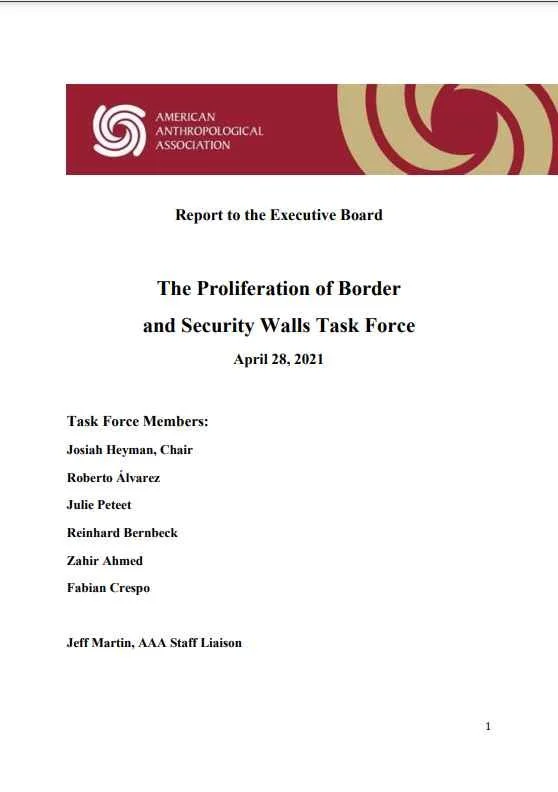By Rose Cuison Villazor and Pratheepan Gulasekaram
Resistance to the Trump Administration’s immigration enforcement policies in the form of sanctuary has increased and spread. In addition to the traditional types of sanctuary such as sanctuary cities and churches, the past year has witnessed the proliferation of novel sites of sanctuary—workplaces, school districts, universities, corporations, private homes, and social media—that collectively seek to protect vulnerable immigrants against immigration enforcement. To date, however, legal scholarship on sanctuary has focused almost exclusively on states and municipalities that limit participation with federal immigration authorities. Accordingly, doctrinal and theoretical discussion has centered on sanctuary’s constitutional dimensions, on Tenth Amendment and federalism concerns. This narrow framing is myopic. It fails to capture the varied legal and policy issues that surround the innovative and evolving concept of sanctuary today.
This Article is the first to comprehensively describe and theorize both conventional and emerging types of sanctuary. Adopting network governance theories developed by political theorists, this Article coins the term “sanctuary network” to argue that current public and private examples of sanctuary are best understood as part of a broader system of legal resistance characterized by a decentralized and distributed set of actors. By reframing sanctuary in this way, this Article makes three points. First, doctrinally, this framework forces a rethinking of the legal issues that animate these sanctuaries. Our recasting moves the sanctuary debate beyond federalism and draws attention to several underappreciated common law, statutory, and constitutional sources that support these variegated claims. Second, as a normative claim, this Article argues that when operating as a networked sanctuary, public and private actors are more effectively able to instantiate an alternative set of norms to challenge the federal government’s enforcement scheme. Finally, as a prescriptive matter, this Article concludes that sanctuary networks are desirable because they democratize our national debate over immigration policy, allowing multiple institutions and individuals to calibrate immigration enforcement. Ultimately, this new way of understanding modern day sanctuary networks encourages novel methods of legal resistance.
Minnesota Law Review, February 14, 2019




















